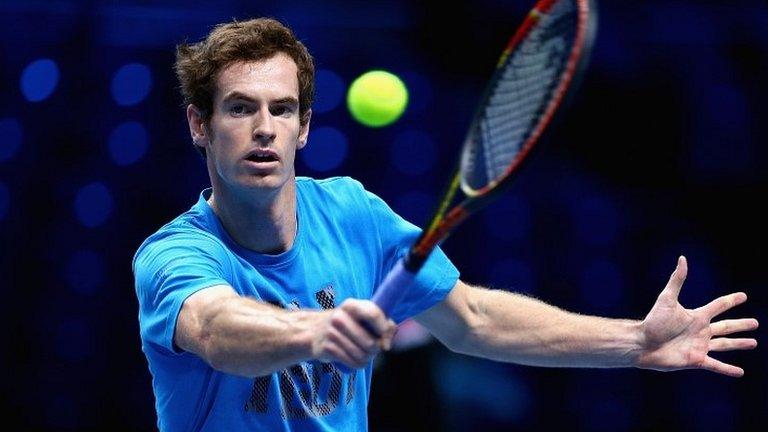Australian Open 2014: A first week of extremes in review
- Published
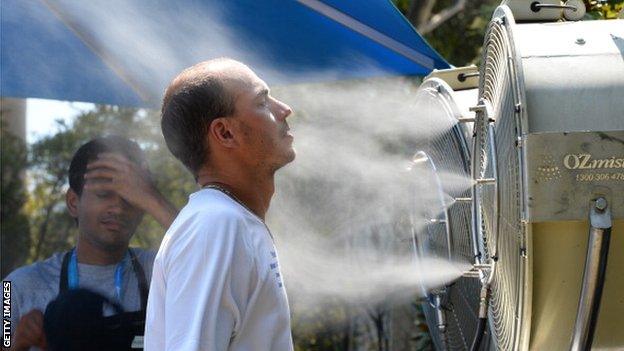
Andy Murray progressed to the fourth round, Serena Williams crashed out at the same stage and players suffered while temperatures soared in the opening week of the Australian Open.
Here's a look back on a dramatic first seven days in Melbourne.
'CHASING ANTELOPE'
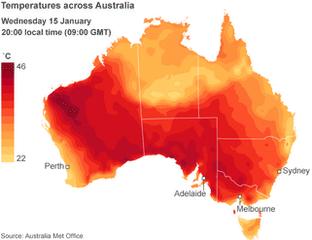
You might think 43C is extreme heat, but you are officially wrong. At least, for the most part. Despite the Melbourne temperature topping 40C for four days running, for the first time since 1908, play was suspended only on Thursday for four hours.
Ball boys fainted, water bottles melted and players vomited, but on they played. Croatian Ivan Dodig feared he "might die", and Jamie Murray required two hours of post-match recovery from heatstroke.
But they needn't have worried, because there were reassuring words from tournament chief medical officer Dr Tim Wood on 5 live: "We evolved on the high plains of Africa chasing antelope for eight hours under these conditions. From a medical perspective, we know that man is well adapted to exercising in the heat. Whether it is humane or not is a whole other issue."
MURRAY'S BACK…
….appears to be holding up well. In only his second tournament since back surgery in September, the Wimbledon champion has been cautious about his chances but increasingly impressive during his five hours and 43 minutes on court.
Go Soeda and Vincent Millot should not, and did not, provide any serious resistance, but a more significant test against 26th seed Felicianio Lopez was passed in style.
"The back is better than it was [before surgery]," said Murray, who takes on 'lucky loser' Stephane Robert in the fourth round. "There's a difference in symptoms and sensations.
"You normally are going to get some stiffness and stuff in an area where you've had surgery. It takes a bit of time for that to go away. I've been happy with how it's been so far."
SERENA'S BACK…
…was not a subject of undue interest until a flurry of reports in the 24 hours before her fourth-round match against Ana Ivanovic that all was not well.
It transpired that the world number one had been taking the strongest medication she was allowed and had nearly withdrawn before her third-round match against Daniela Hantuchova.
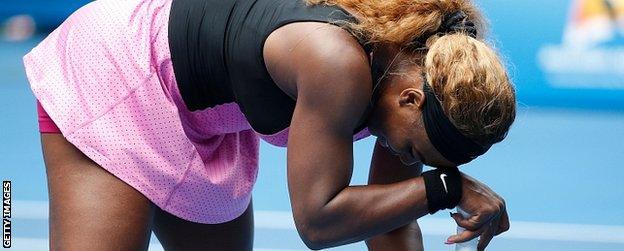
Williams came through that but then ran into Ivanovic in the kind of form that once made her world number one.
The American had been tipped to complete the calendar Grand Slam in 2014, but it remains beyond even her.
Her coach Patrick Mouratoglou told BBC Sport: "It shows how difficult it is, that someone who was so much above any other player only won two Grand Slams last year."
NEW POWER GENERATION
Almost certainly too young to get obscure Prince references, there is a crop of young women lining up to battle for the big prizes - possibly even next week now that Serena is gone.
Sloane Stephens, 20, will face defending champion Victoria Azarenka in a repeat of last year's acrimonious semi-final [their off-court relationship is currently "non-existent", according to the American].
Eugenie 'Genie' Bouchard, 19, is through to the quarter-finals of a Slam for the first time, and no longer has the world number one blocking her path.
Spain's Garbine Muguruza, 20, has also broken new ground by reaching the last 16 after knocking out Caroline Wozniacki, who at 23 might already have seen her major-winning chances slip by.
With 16-year-olds Belinda Bencic and Ana Konjuh qualifying for their first Slams here, the future is catching up fast.
THE HOME FRONT
Britain has its own candidates vying for a place at the top of the women's game, but first-round defeats for both Laura Robson and Heather Watson put that on hold for now.
Both failed to match last year's third-round places and will suffer in the rankings, but they left Melbourne in very different spirits.
Australian Open 2014: Heather Watson positive despite first round defeat
Robson, who turns 20 on Wednesday, has won just six matches since reaching the fourth round of Wimbledon, with injuries to both wrists hampering her along the away. A new coaching set-up overseen by Nick Saviano, with Jesse Witten travelling, needs to get things back on track.
Watson, 21, showed encouraging signs as she came through qualifying, albeit nervously, without dropping a set and then took Hantuchova to three. The glandular fever appears well and truly behind her and she's typically optimistic about the months ahead.
DAVIS CUP DOUBLES DILEMMA
While Robson and Watson head off on Fed Cup duty next month, Britain's men play their first Davis Cup World Group tie in six years.
Fitness permitting, Andy Murray will captain Leon Smith's squad against the United States on clay in San Diego, but intriguing questions surround the rest of the team.
Dan Evans and James Ward are next in line for the second singles spot, but 19-year-old Kyle Edmund loves the surface, trained well with Murray in the off-season and continues to rack up wins on the Futures tour.
The doubles is even trickier with all-time greats the Bryan brothers across the net. Colin Fleming and Ross Hutchins are an experienced pairing but only just back together following the latter's recovery from Hodgkin's lymphoma.
Should Andy Murray play doubles, then presumably brother Jamie becomes a tempting option. And then there is Dom 'The Bomb' Inglot, the highest-ranked British doubles player but yet to make his Davis Cup debut.
TOUGH DRAW?
Rafael Nadal was placed in the 'stacked' quarter of the draw, and has spent the first week of the tournament demolishing it.
His much-anticipated opening match against Bernie Tomic fell flat when the Australian withdrew injured, and after another local hope, Thanasi Kokkinakis, was brushed aside, the world number one gave up just six games in what was billed as a potential thriller with Gael Monfils.
Four hours and 38 minutes of action and world number one Nadal is yet to drop serve.
Novak Djokovic has coped similarly well with his side of the draw, and the decision of his sponsors to deck him out in beige, requiring just seven hours and nine minutes to get through four rounds.
Murray and a sprightly looking Federer could yet trouble Nadal, while Wawrinka has pushed Djokovic in recent times, but the top two are very much on course.
- Published20 January 2014
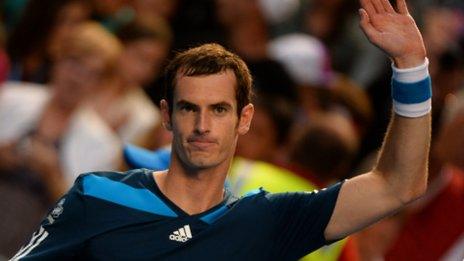
- Published18 January 2014
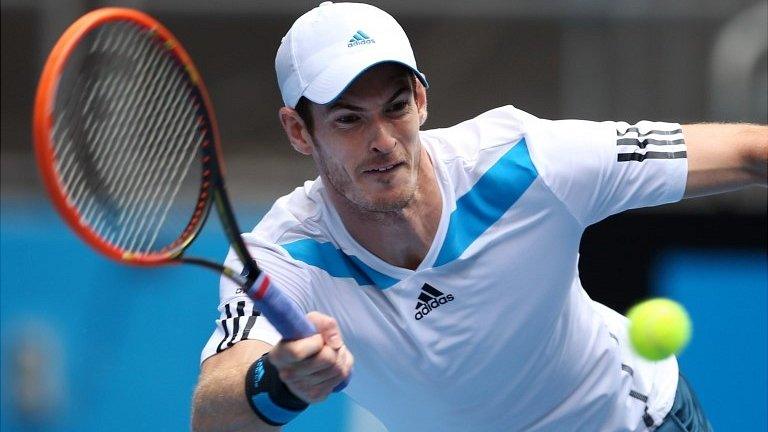
- Published18 January 2014

- Published17 January 2014
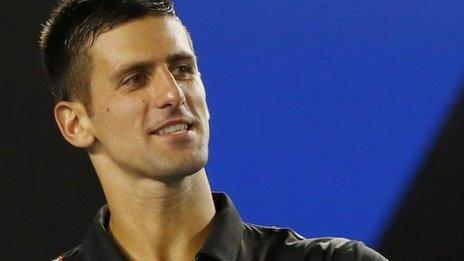
- Published16 January 2014
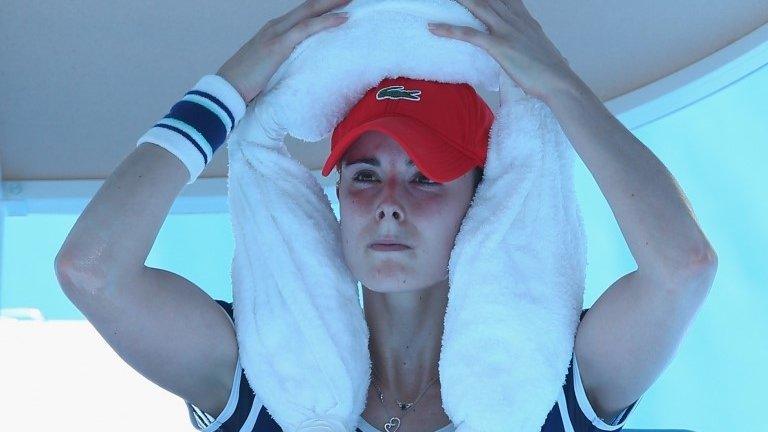
- Attribution
- Published16 January 2014

- Published14 January 2014

- Published13 January 2014
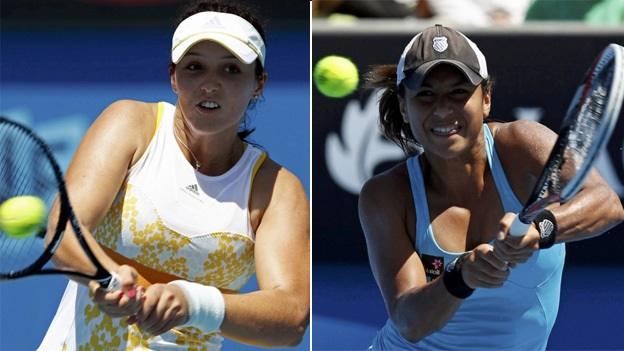
- Published17 June 2019
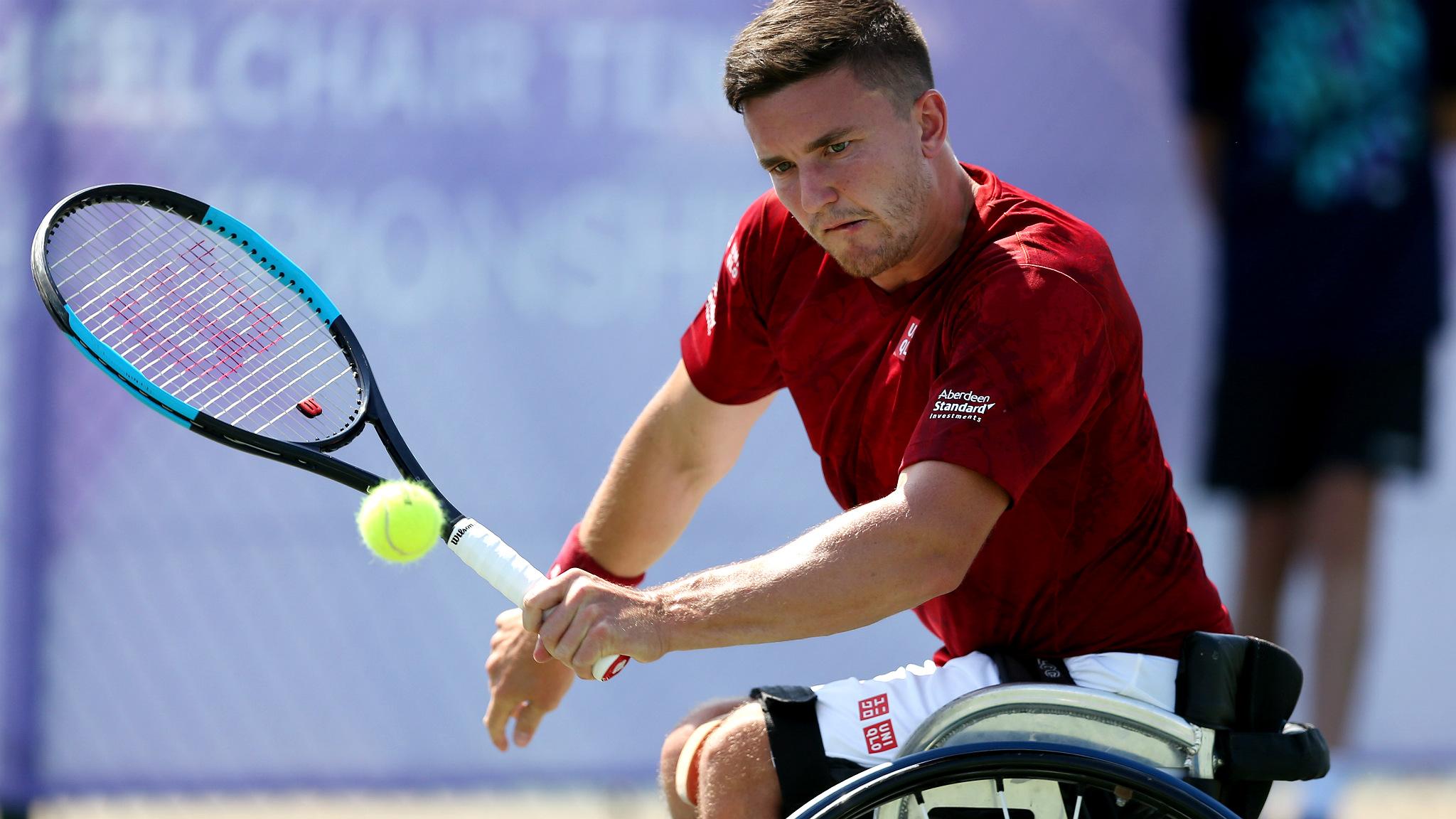
- Published8 November 2016
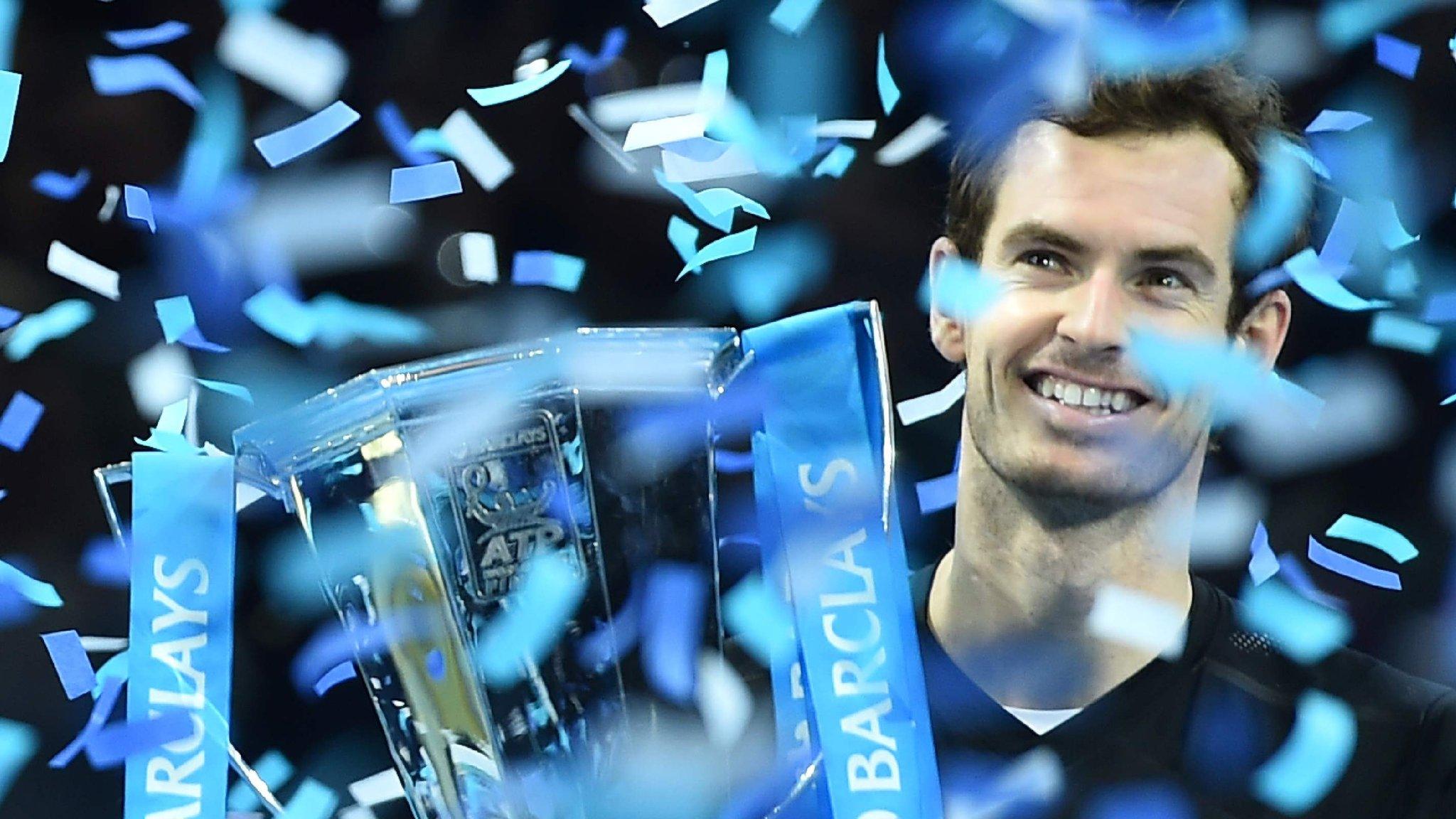
- Published30 May 2013

- Published9 November 2016
